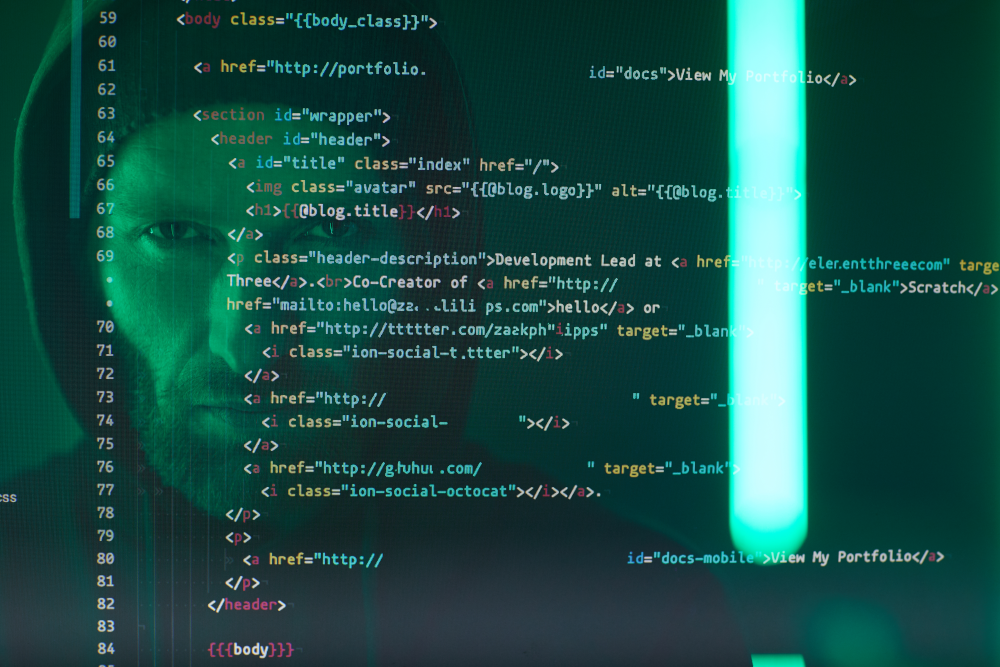
Open-source software plays a critical role in the tech industry. However, its collaborative nature and reliance on trust also make it vulnerable to social engineering attacks. These attacks are becoming increasingly common, raising serious concerns within the coding community.
The Threat of Social Engineering
Social engineering attacks exploit human behavior, manipulating people into sharing confidential information, downloading dangerous software, and participating in other harmful activities. The open-source software community, known for its collaborative nature, is particularly vulnerable to these attacks. Since open-source projects rely heavily on trust among contributors, attackers can exploit this trust to gain unauthorized access to critical systems.
Open-Source Software Vulnerabilities
Open-source software is prevalent across industries, but its decentralized nature can create security risks. Here are some factors that contribute to these vulnerabilities:
- Wide Adoption: Because open-source software is used in a variety of applications, a single breach can cascade into a much larger security risk, compromising a vast array of software systems.
- Decentralized Management: Open-source projects often lack regular maintenance, leading to decentralized oversight. This absence of central authority creates openings for attackers to insert harmful code without thorough scrutiny.
- Difficulty in Detection: Social engineering attacks target human behavior, making them inherently difficult to detect. Attackers are skilled at gaining trust and slipping past security, complicating efforts to identify and prevent malicious activity.
XZ Utils Backdoor Incident
A recent social engineering attack involving the XZ Utils compression tool highlighted the dangers open-source projects face. Here’s what happened:
- Detecting the Breach: Microsoft researcher Andres Freund identified a dangerous backdoor in the latest releases of the XZ Utils tool, a critical component in many Linux-based devices. His timely discovery prevented a massive cybersecurity crisis before most systems had a chance to update.
- Tracing the Attacker: The backdoor was traced to a GitHub user, Jia Tan, suspected of being operated by a group or even a nation-state. This account had been clandestinely altering the XZ code for years, raising serious concerns about long-term infiltration.
- Revealing Weaknesses: This incident laid bare the vulnerabilities within the open-source community, highlighting the pressing need for rigorous security measures to prevent future social engineering threats.
Best Practices for Securing Open-Source Software
Given the risks of social engineering attacks, open-source project maintainers and developers should adopt the following best practices to secure their projects:
- Rigorous Code Reviews: Conduct frequent code reviews to catch suspicious behavior early and minimize security risks. Restrict access to only the most trusted contributors and rigorously vet all new contributors through strict verification procedures.
- Encryption and Continuous Surveillance: Encrypt sensitive information to keep it secure and implement constant monitoring to spot security breaches. Act quickly when security alerts arise and take immediate action to prevent further damage.
- Intensified Security Protocols: Develop robust security protocols and ensure all contributors are trained to understand them. Stress the importance of adhering to best practices to reduce the risk of social engineering attacks.
- Unified Communication and Rapid Response: Create a centralized system to share information about security vulnerabilities and report suspicious activity. This centralized approach can help accelerate patching and improve the community’s awareness of emerging security threats.
By adopting these measures, open-source projects can strengthen their security and reduce the risk of social engineering attacks, ensuring a safer and more reliable software ecosystem.
Building Resilience Against Social Engineering Threats
As the open-source community faces the risk of social engineering attacks, it’s crucial to take a proactive approach to cybersecurity. The example of the XZ Utils backdoor incident demonstrates how one breach can threaten the entire ecosystem. By staying vigilant and continuously improving security practices, cybersecurity professionals can help ensure that open-source projects remain secure and resilient against social engineering attacks.

